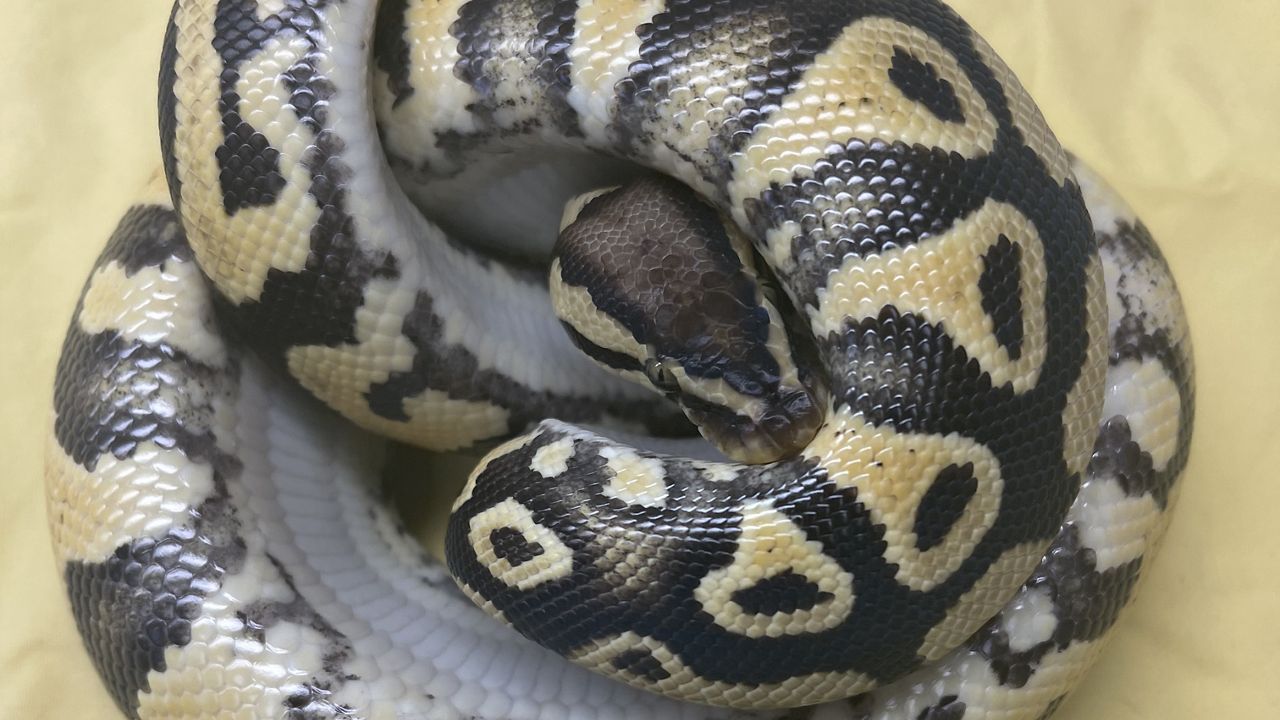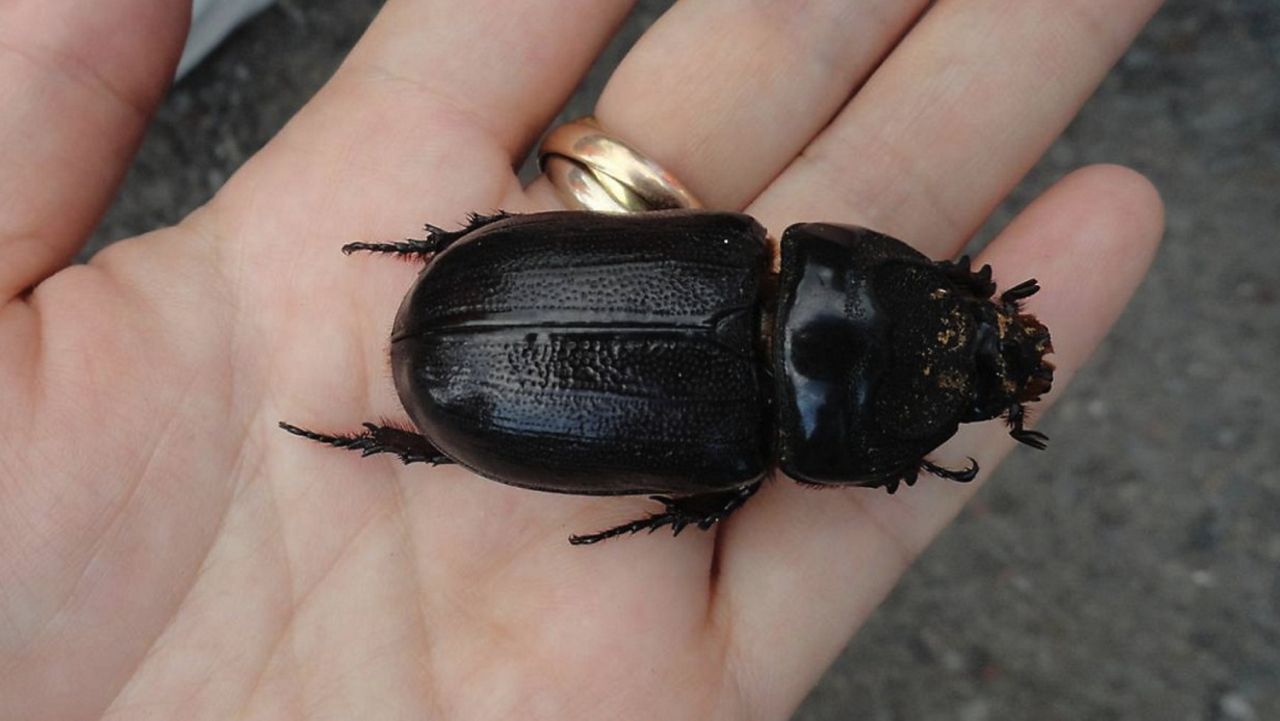HONOLULU — A person who asked to remain anonymous turned in a ball python to the Honolulu Zoo on Wednesday, according to a release.
The individual only said the snake was found in Kahaluu.
The anonymous person gave the snake to the Honolulu Zoo under the state’s Amnesty Program, which says individuals may bring illegal animals to any zoo or aquarium, Hawaii Department of Agriculture office or the Hawaiian Humane Society. If an individual turns in an illegal animal before an investigation is started, they will not be criminally charged or fined.
“The State offers amnesty for the voluntary surrender of illegal animals because we do not want these animals set free in the wild,” said Sharon Hurd, chairperson of the Hawaii Board of Agriculture. “Surrendered animals will not be euthanized and may eventually be relocated to an appropriate facility on the mainland.”
After the snake was dropped off, the Honolulu Zoo contacted the Hawaii Department of Agriculture, which dispatched inspectors that took custody of the snake.
The snake is non-venomous and measures 28 inches long.
Ball pythons are common in the pet trade, native to Western and West-Central Africa, and are constrictors that subdue their prey — small mammals and birds — by coiling around and suffocating them. They are called ball pythons because they curl into a ball when stressed or frightened.
In Hawaii, it is illegal to own a pet snake or bring a snake to the islands. There are no snakes in Hawaii, except for the brahminy blind snake, a small non-venomous snake from Asia and Africa that resembles an earthworm.
Snakes and large reptiles pose a threat to the ecosystem, since they have no natural predators.
In Guam, the brown tree snake was accidentally introduced in the 1940s and has had a devastating impact on the island, where it killed most of the island’s native bird population.
Michelle Broder Van Dyke covers the Hawaiian Islands for Spectrum News Hawaii. Email her at michelle.brodervandyke@charter.com.









